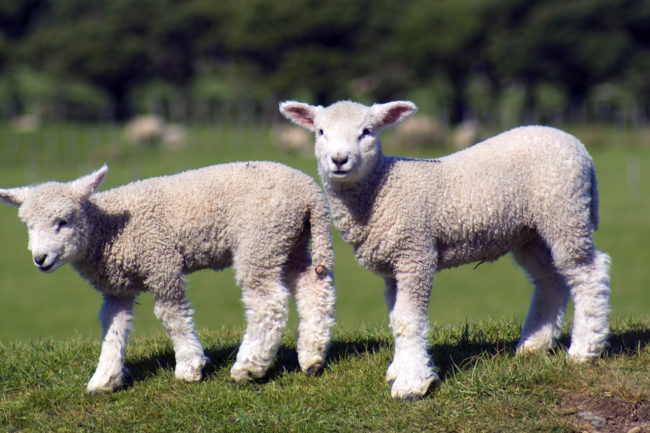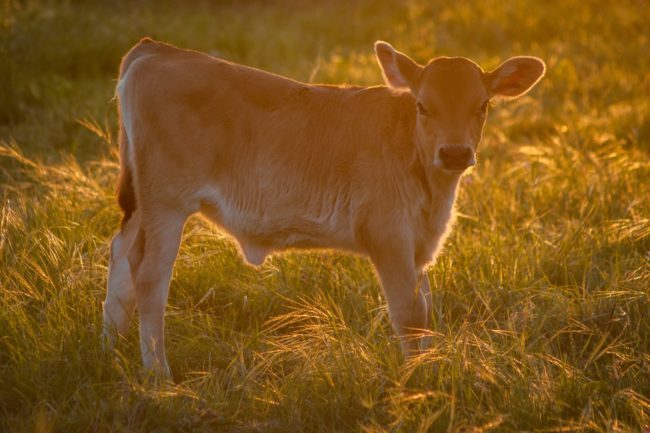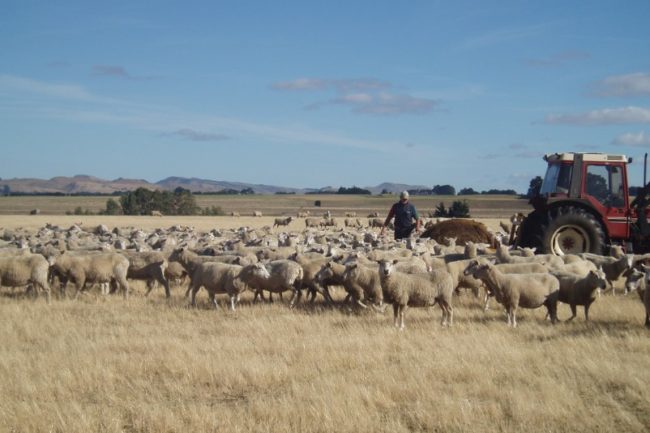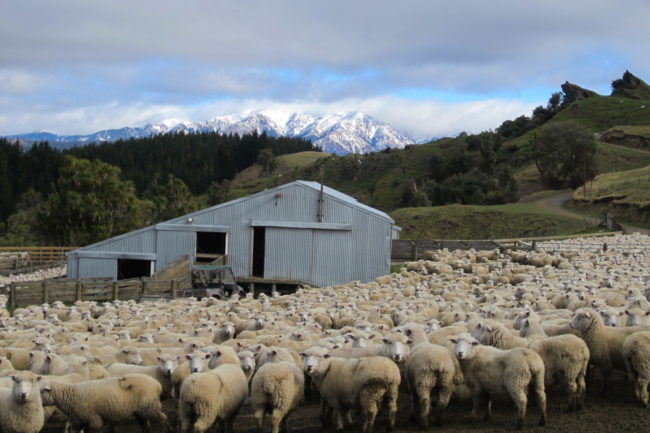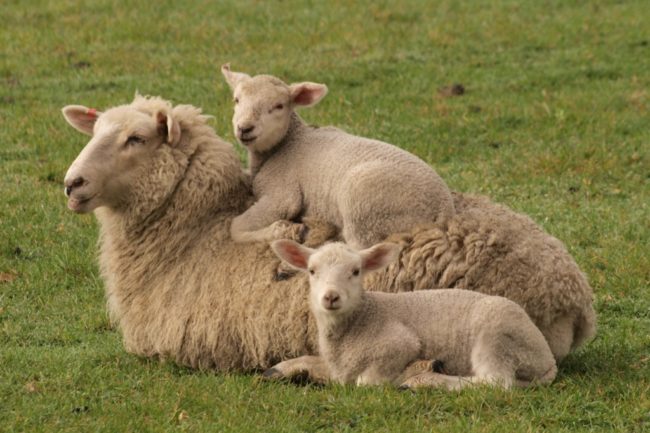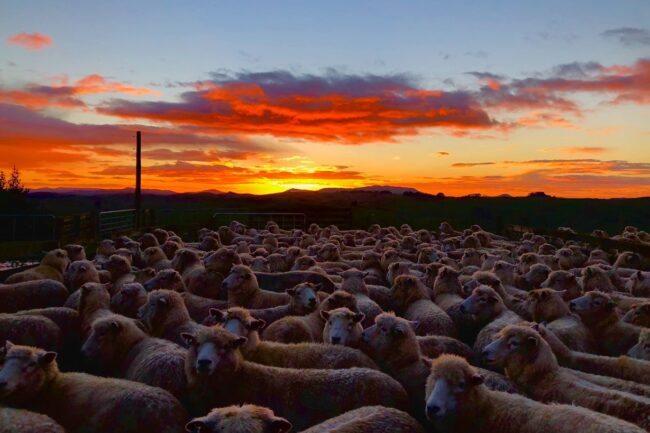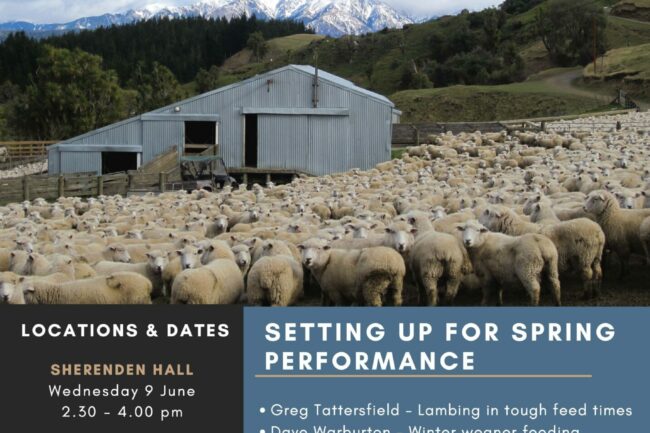Hoof Health
Incidence of lameness varies between herds and varies during the season. Smaller herds still have an incidence of 10% lame cows in the herd, larger herds often show higher incidences: up to 30%. Wet periods will boost the number of clinically lame cows, due to gravel being pushed into existing white line defects, softening of…
Details



